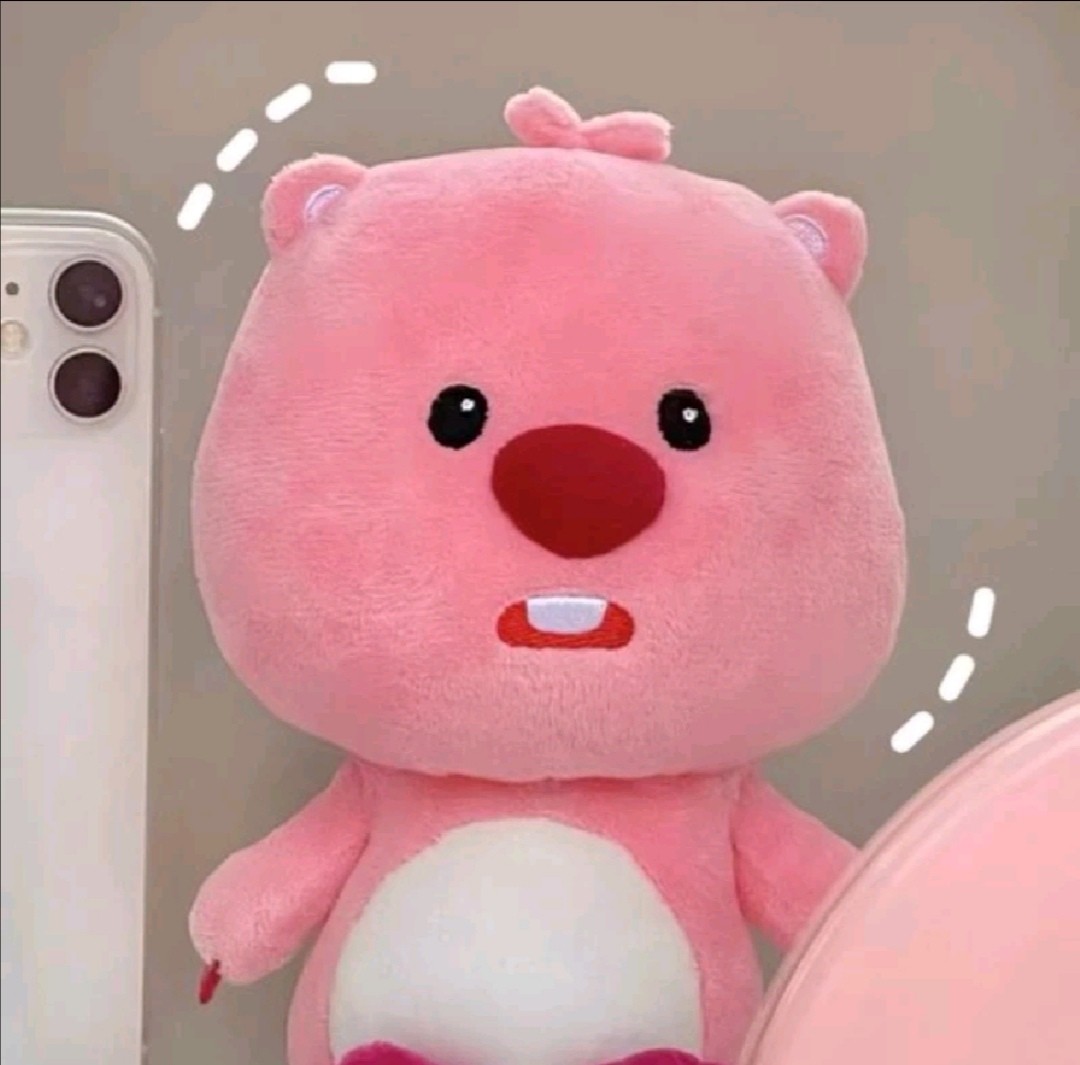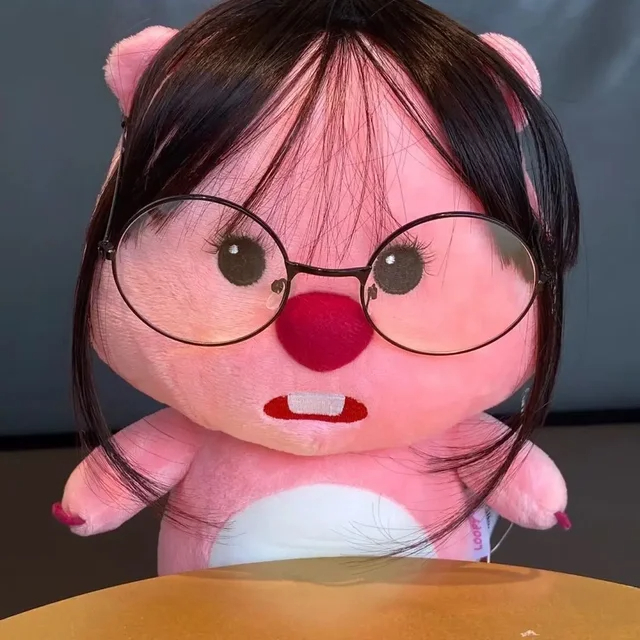1. The Allure of the Loopy
1.1 Exploring the Appeal of Spiral Designs
The spiral is a shape that transcends time and continues to fascinate and influence artists, designers, and architects. Its mysterious curvature and infinite loop instill a sense of wonder and aesthetic appeal that is often described as ‘loopy.’ This design is rooted in the natural world, seen in the shells of snails and the patterns of galaxies. Its appearance in both living organisms and inanimate objects has made it a subject of admiration and a symbol with multiple interpretations, from growth to infinity. Spiral designs are not only visually captivating. Due to their continuous flow and dynamic movement, but also resonate with people on a deeper, almost instinctual level.
1.2 The Loopy in Nature and Mathematics
The loopy patterns are not just random occurrences but align with mathematical principles such as the Fibonacci sequence and the Golden Ratio, which are extensively reflected in nature’s designs. These patterns exemplify efficiency and order, from sunflower seeds arranged in a spiral for maximum packability to galaxies swirling around a central point. The mathematics of spirals have been studied extensively, offering insights into the way natural systems develop and evolve. The logarithmic spiral, in particular, with its property of self-similarity, emphasizes growth and expansion, making it a symbol of life and dynamism.
1.3 Psychological Impact of Loopy Designs
The calming effect of spirals is well documented in psychology. Loopy designs can provide a sense of harmony and balance, evoking emotional responses such as relaxation and introspection. In therapeutic settings. Spirals are used in art therapy and meditation practices to help individuals center their thoughts and relieve stress. Similarly, the curved lines in design are often believed to be more comforting and less aggressive than sharp angles and straight lines. Which is why loopy patterns are frequently incorporated into products, environments, and brands intended to promote tranquility and well-being.
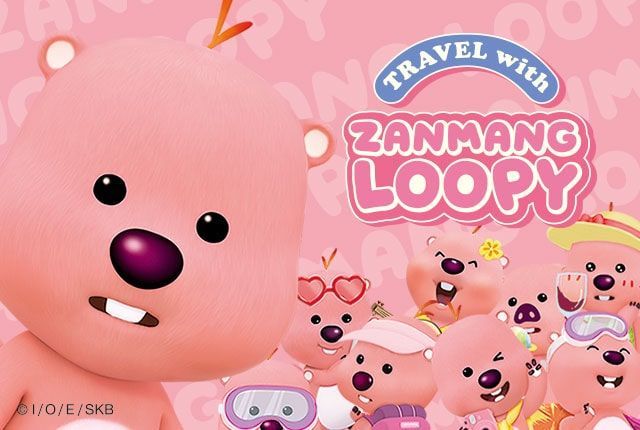
2. Loopy Influences in Design and Architecture
2.1 Spirals in Architectural Marvels
Architecture across ages and cultures has embraced the loopy in various interpretations, from spiral staircases that ascend lighthouse towers to the helical structures of modern skyscrapers. The Guggenheim Museum in New York City is a famous example where the spiral ramp forms the foundation of the building’s design, allowing a continuous flow of movement and an uninterrupted viewing experience for visitors. Such designs not only challenge the status quo but also showcase the potential of curves in shaping spaces that are functional. Aesthetically pleasing, and in sync with human movement and perception.
2.2 The Use of Loops in Fashion and Textiles
Within the world of fashion, loopy patterns and curly motifs often make their way onto textiles, be it through prints, the way fabrics are draped, or the inclusion of spiral-shaped accessories. Designers utilize spirals to inject a dose of whimsy and sophistication into their creations. The feel of a garment that employs spiral patterns often resonates with flow and grace, echoing the natural contours and curves of the body. Accessories like jewelry also frequently feature loops and spirals, playing with forms and light to create an illusion of motion and intricacy.
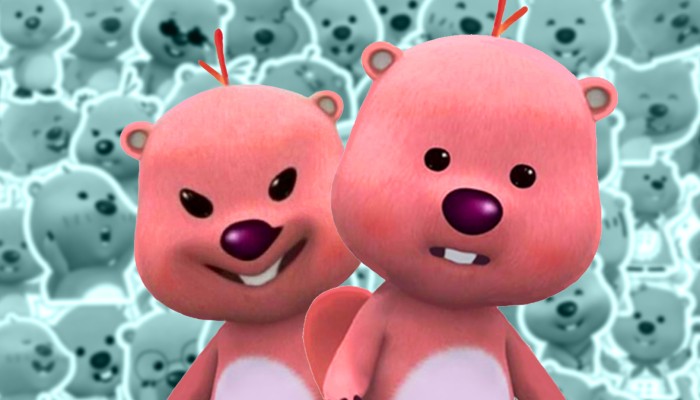
2.3 Loopy Patterns in Graphic and Product Design
In graphic design, loopy elements can infuse dynamism into branding and visual storytelling. Curvy typography, spiral logos, and fluid graphics are tools used by designers to draw attention and convey a sense of creativity and openness. Product design equally sees the influence of loops. With everything from homeware to electronics showcasing rounded edges and circular shapes for both aesthetic and ergonomic reasons. These designs tend to be perceived as user-friendly and approachable, inadvertently creating an inviting user experience.
3. The Future Path of Loopy Design Elements
3.1 Innovations with Spirals in Sustainable Design
The spiral continues to inspire not only due to its beauty but also because of its potential applications in sustainable design. The efficient packing and growth strategies observed in natural spirals can translate into solutions for space-saving urban design, energy-efficient product manufacturing. And novel ways of constructing with minimal waste. From wind turbines that mimic the loopy patterns of seashells to maximize airflow to spiral-based water filtration systems. There is growing interest in harnessing the efficient geometry of spirals for ecological and social betterment.
3.2 Embracing the Digital Loopy
With the advent of digital art and virtual reality, the possibilities for loopy designs have expanded exponentially. Digital tools allow designers to create intricate spiral patterns and fluid loops that would be challenging to replicate in a physical medium. The digital realm also expands the potential for interaction. Where users can engage with loopy designs in immersive environments. As technology advances, we can expect to see more complex and animated spiral designs that take advantage of digital dynamics and interactivity.

3.3 Forecasting Loopy Trends in Design
Trends in design are ever-evolving, but the spiral’s enduring presence suggests that loopy patterns will continue to captivate for years to come. As we look forward, the integration of spirals into design will likely become more sophisticated, blending technology with heritage and nature. Designers will continue to explore the loopy not only for its visual appeal but also for its ability to resonate on an emotional level and its applications in solving complex design challenges. The future of loopy design is one of continual innovation. Where spirals serve as a bridge between the mathematical order of nature and the creative human spirit.
4. Loopy in the Digital Age: Technology and Artistic Expression
4.1 The Transformation of Visual Arts
Digital technology has revolutionized the way loopy designs are create, manipulate, and experience. Artists are no longer confined to traditional mediums. They can now craft spirals with computer software, creating an infinite range of colors, textures, and dimensions. Digital art platforms enable more complex and precise renditions of loopy patterns. Pushing the boundaries of what can be achieved visually. The emergence of 3D printing technology also allows these designs to leap off the screen and take physical form. Opening up new avenues in sculptural art and practical applications where the loopy aesthetic can play a role in the function and ergonomics of three-dimensional objects.
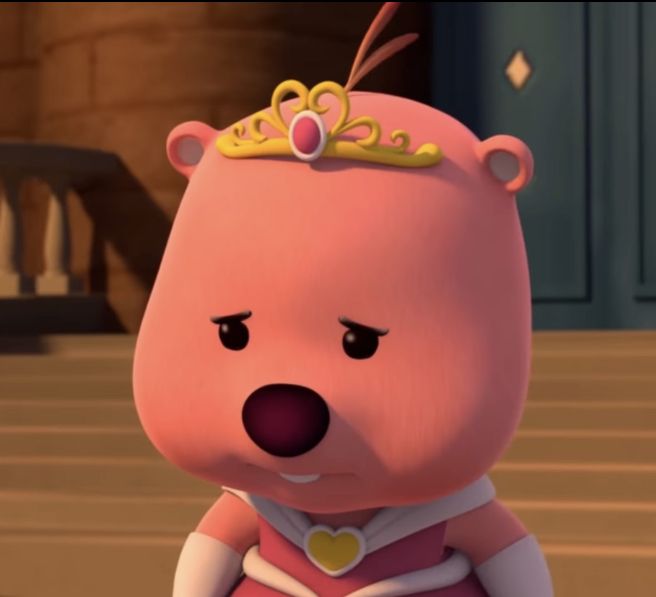
4.2 Interactivity and User Experience
The use of loopy elements in the digital user interface and user experience (UI/UX) design is rapidly gaining popularity. Spirals and curves can make digital interfaces feel more natural and intuitive. Mirroring the seamless patterns found in nature. The easing effects of curved lines and loops in animation can also create a more engaging user experience. Whether in web design, apps, or video games. With the addition of responsive design that reacts to user input. The interactive aspect of loopy patterns takes on a life of its own. Enhancing the way people interact with technology.
4.3 Virtual Reality and the Loopy Dimension
Virtual reality (VR) and augmented reality (AR) technologies are fertile grounds for the experimentation and exploration of loopy designs. In a fully immersive VR world, spirals can become paths to follow or landscapes to navigate. Offering a multisensory experience that emphasizes the flow and continuous motion of the loopy shape. AR applications can overlay spiral patterns onto the real world. Enriching everyday experiences with the enchanting forms of loops and curves. These technologies provide an unprecedented platform for artists and designers to create dynamic. Loopy environments that can transport users to worlds both mesmerizing and meditative.
